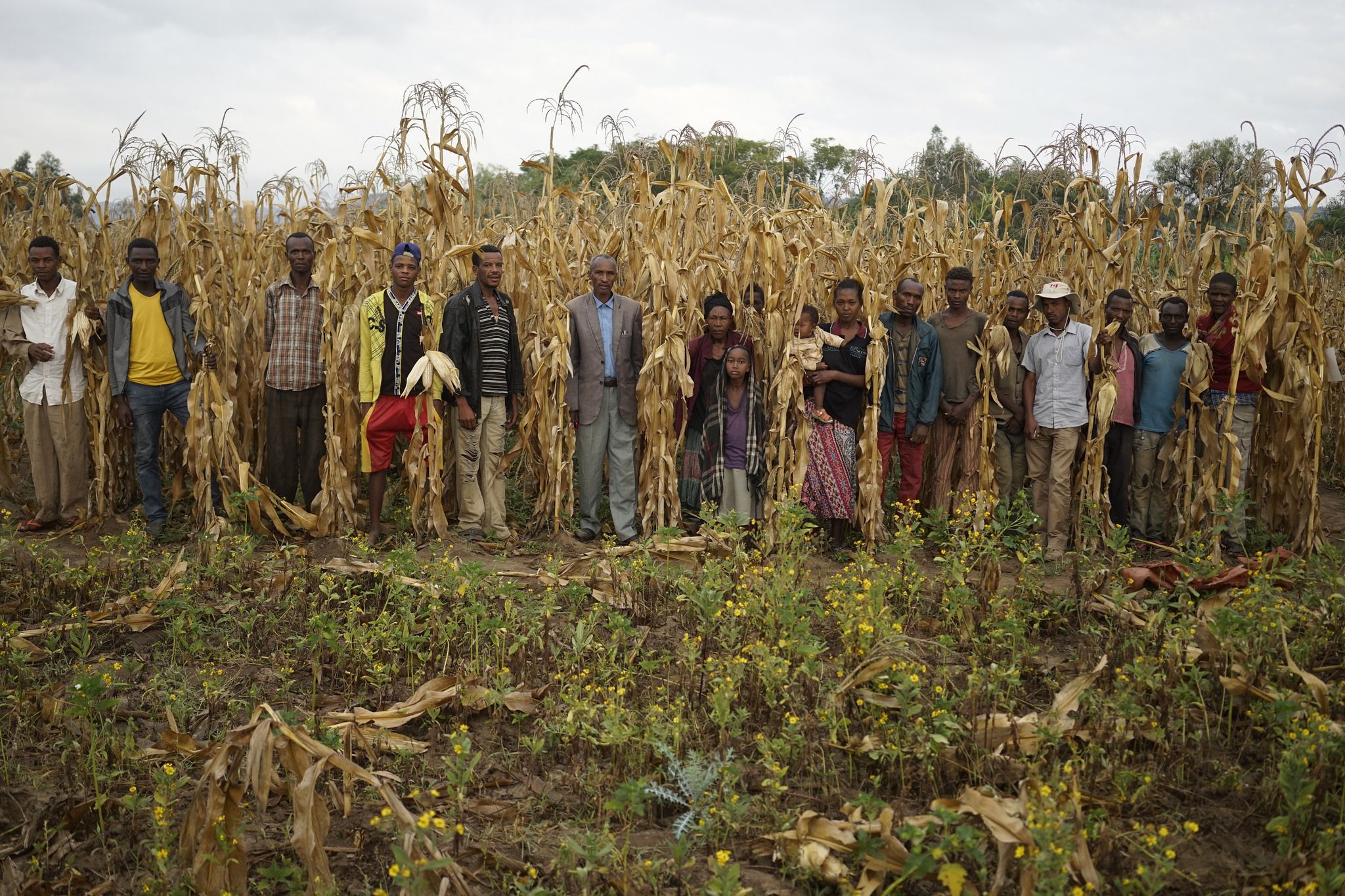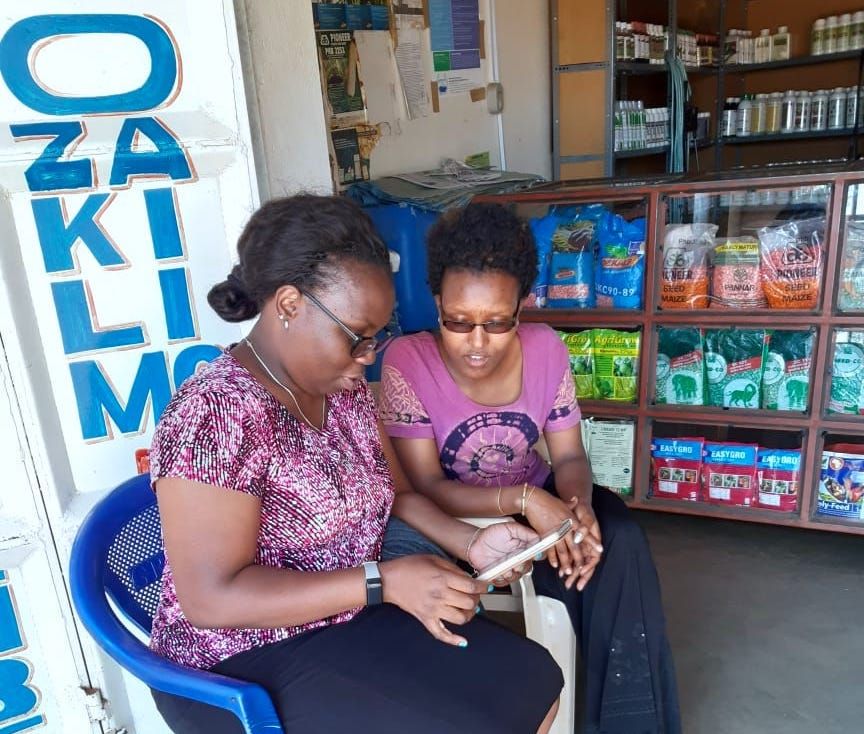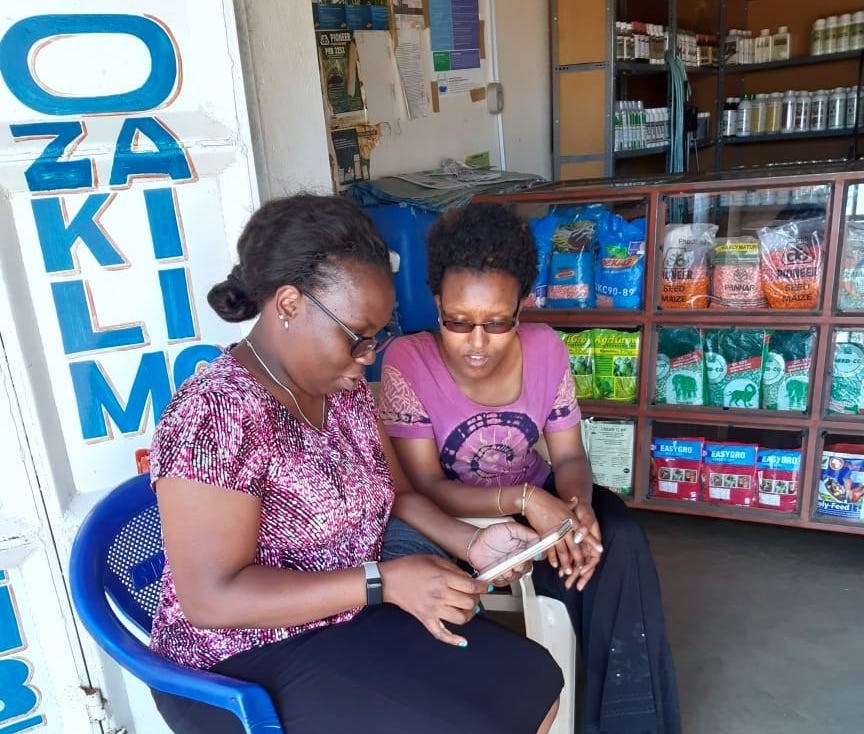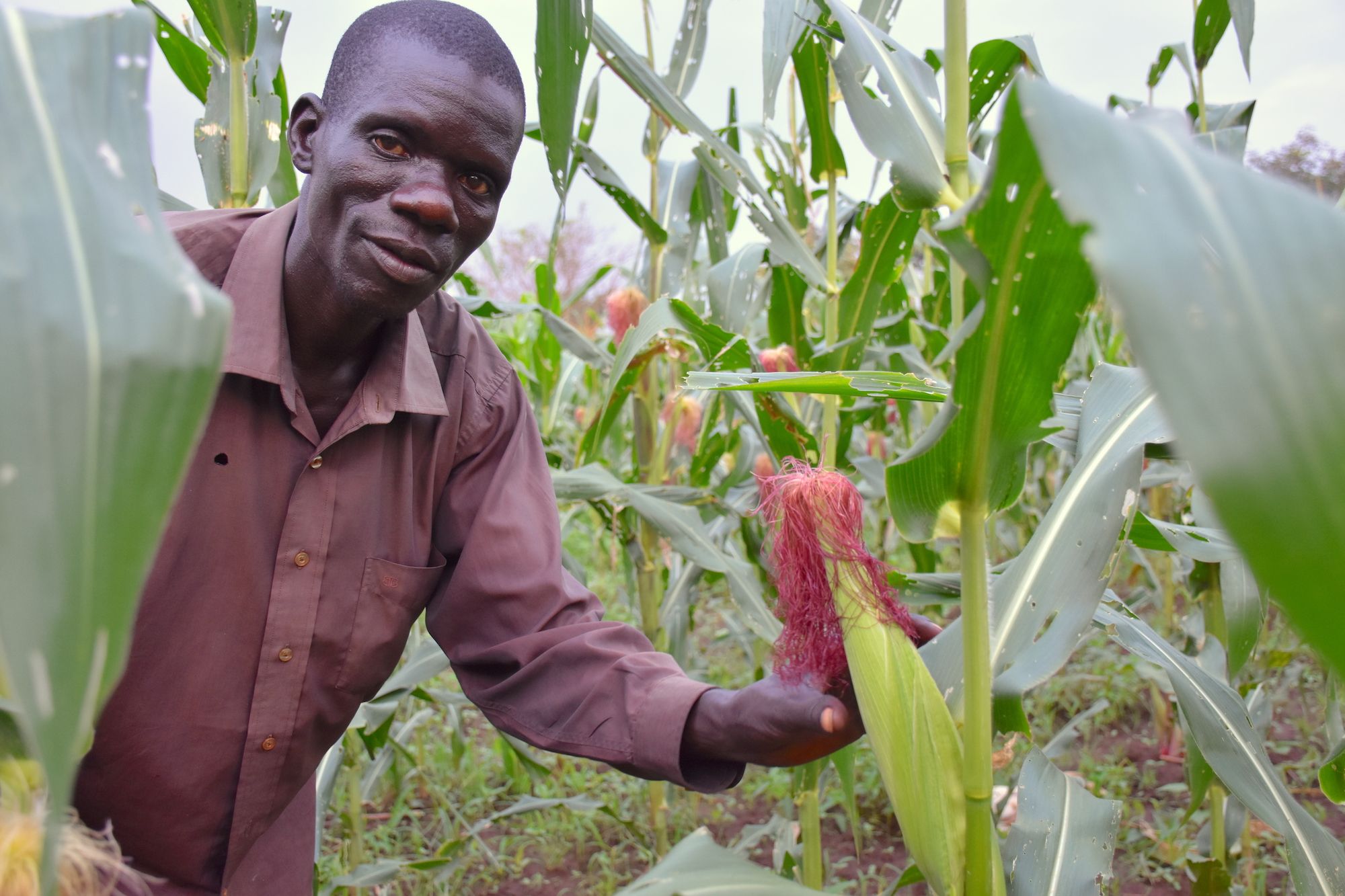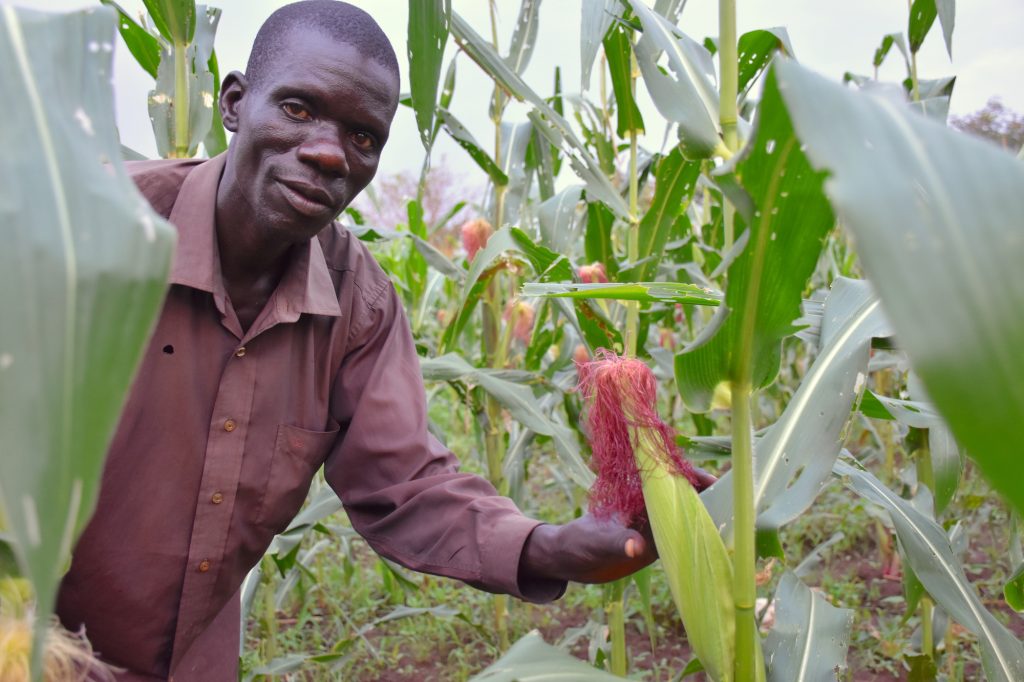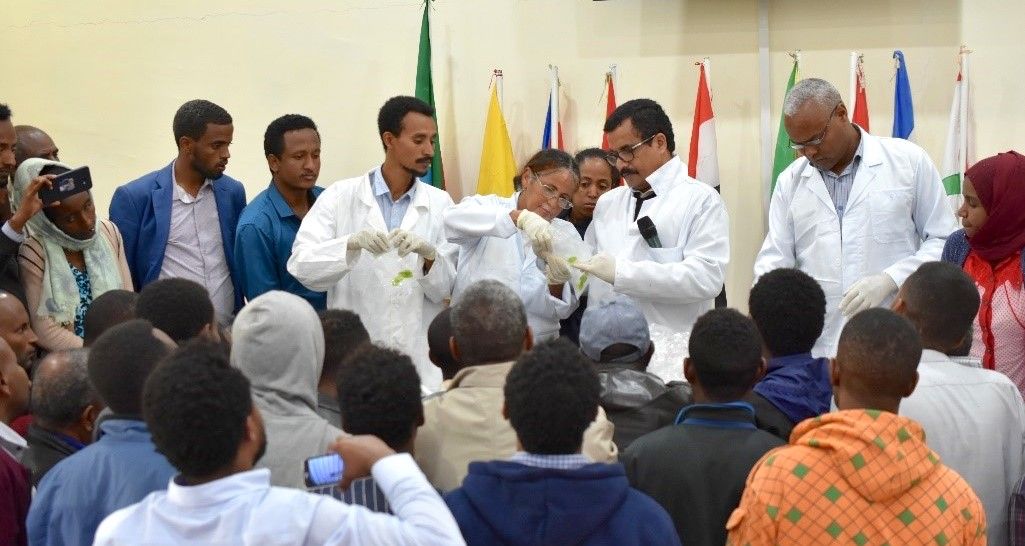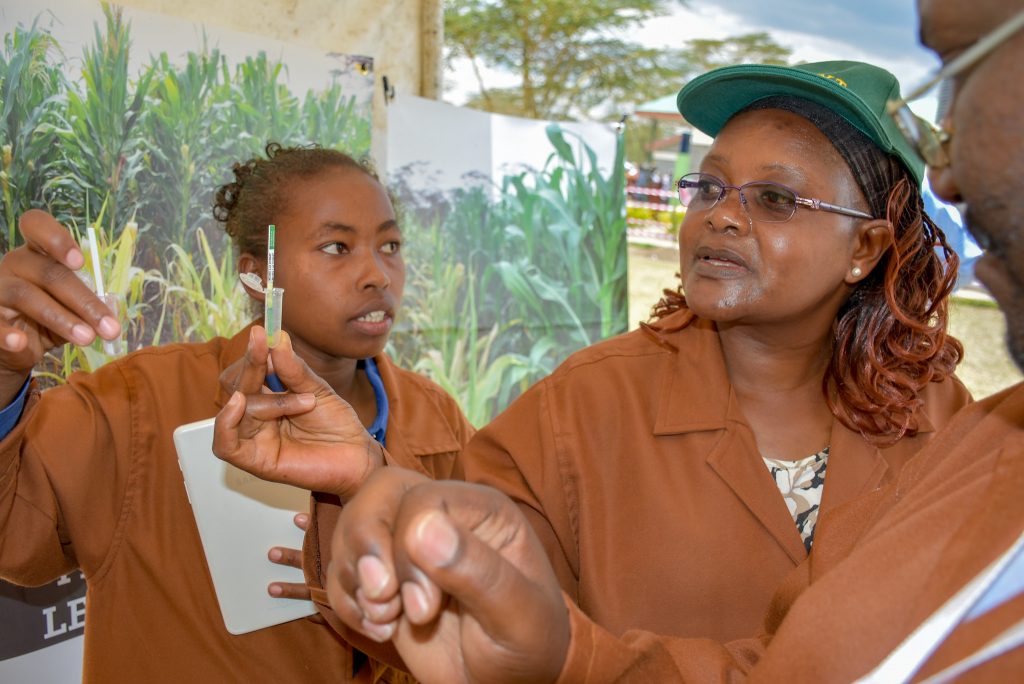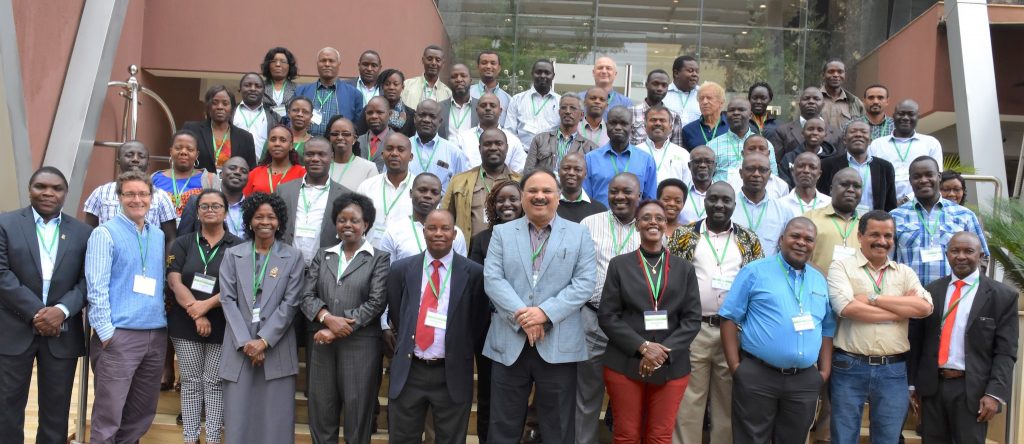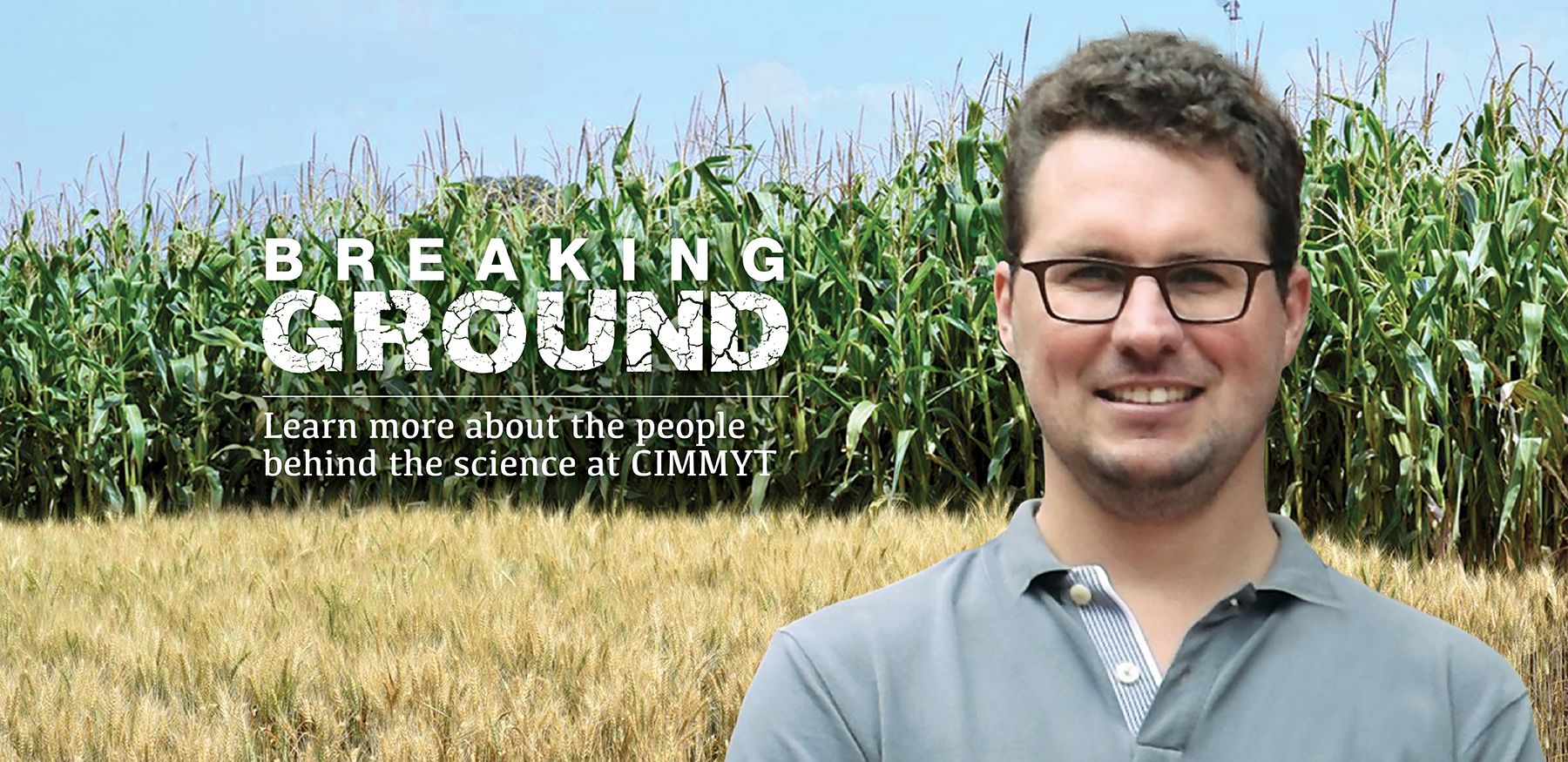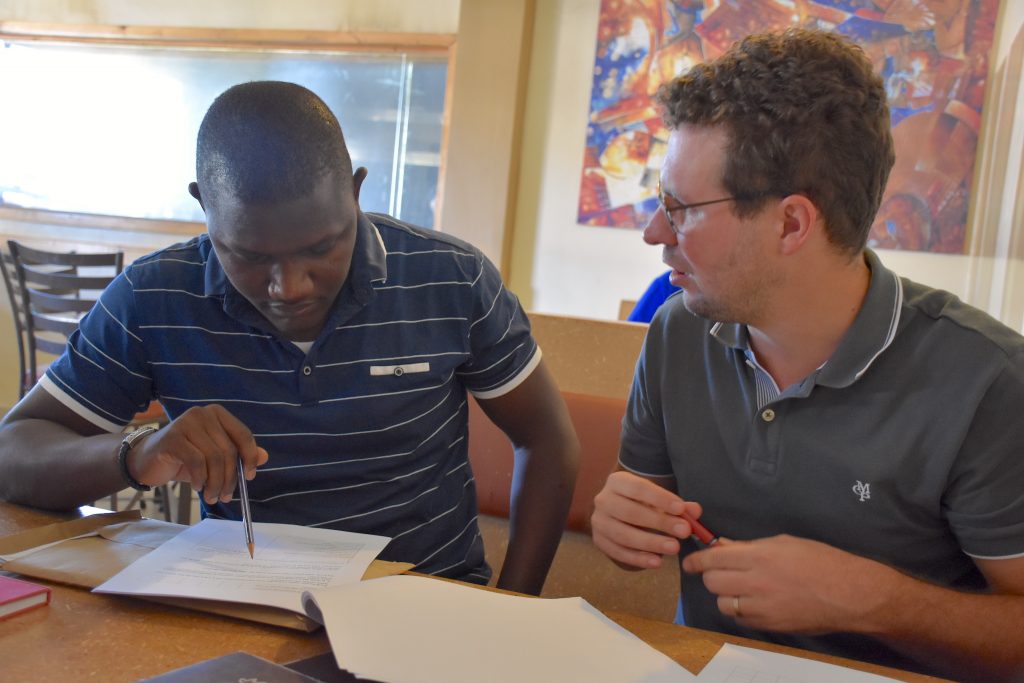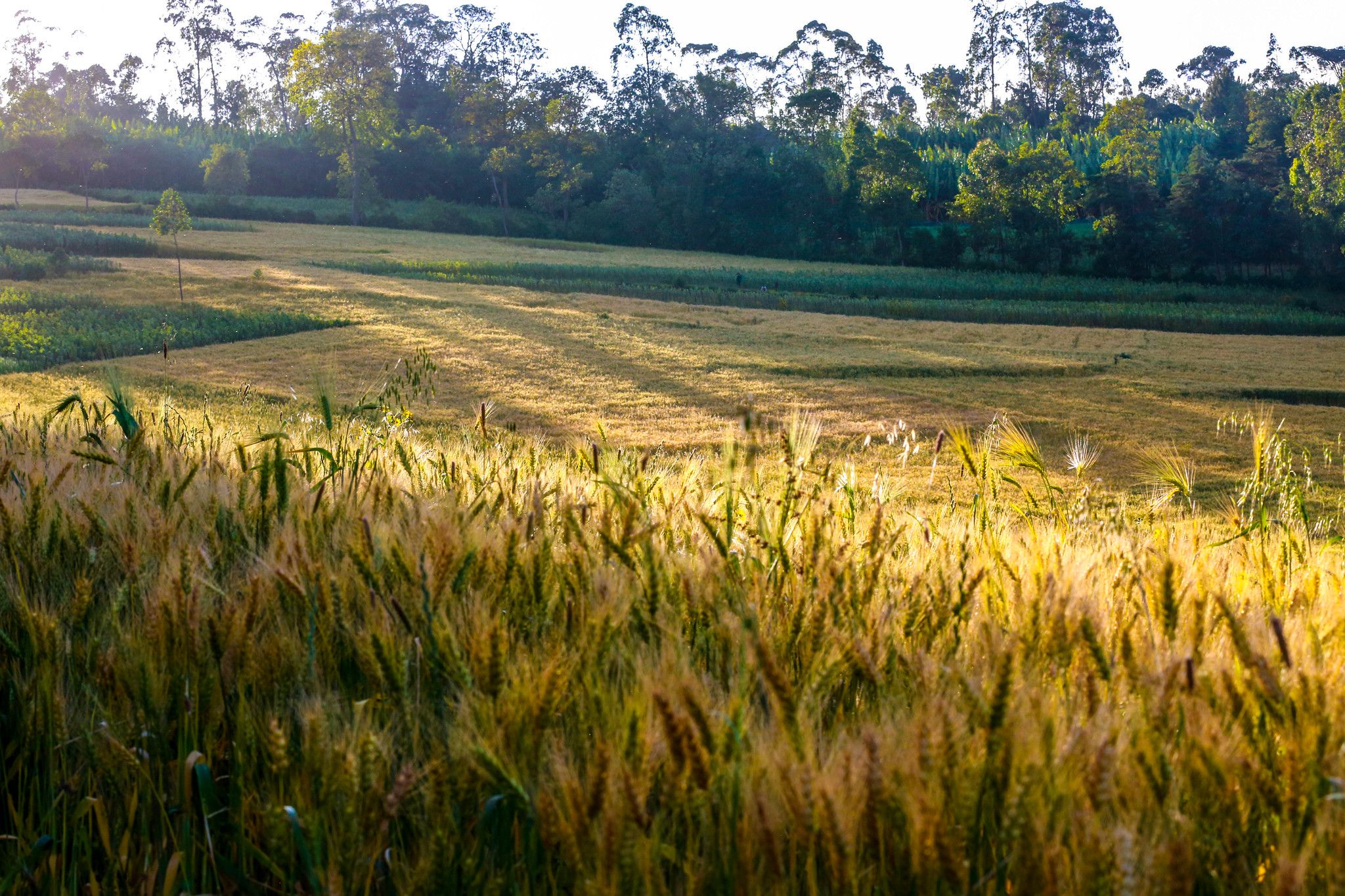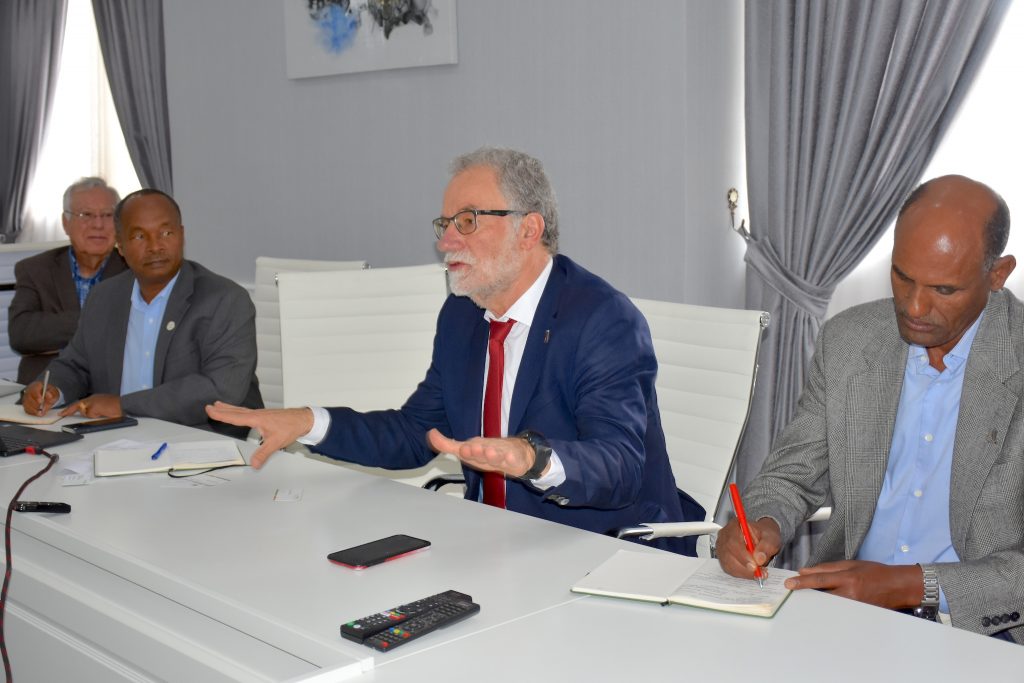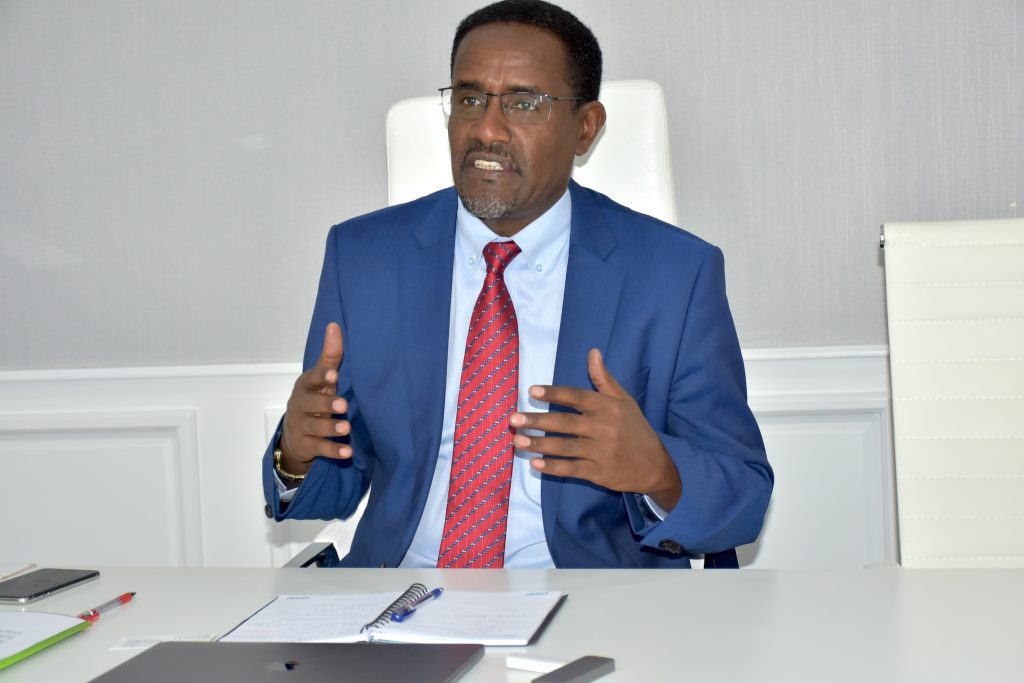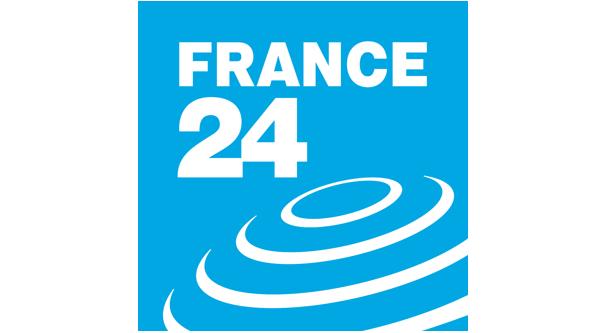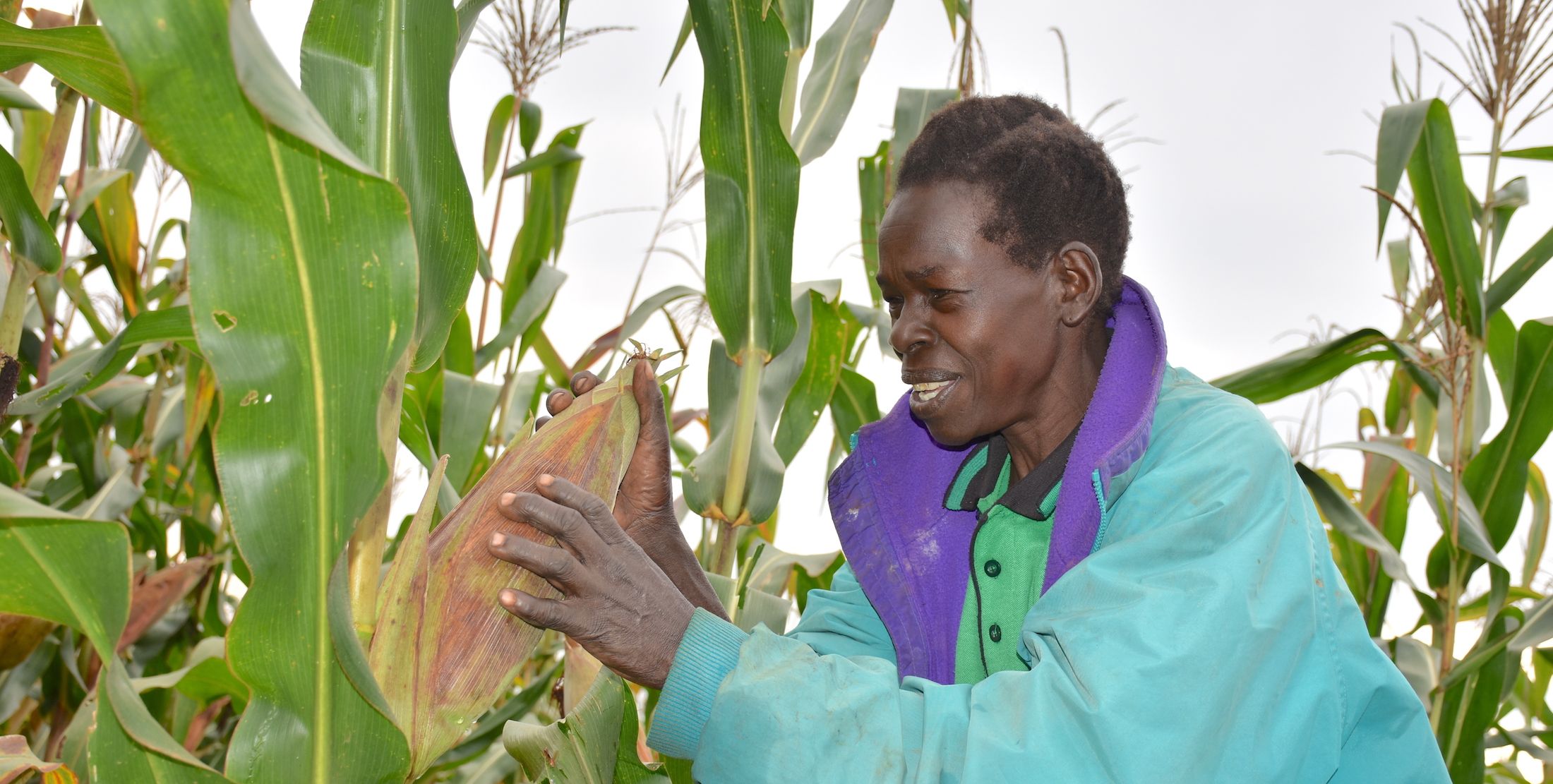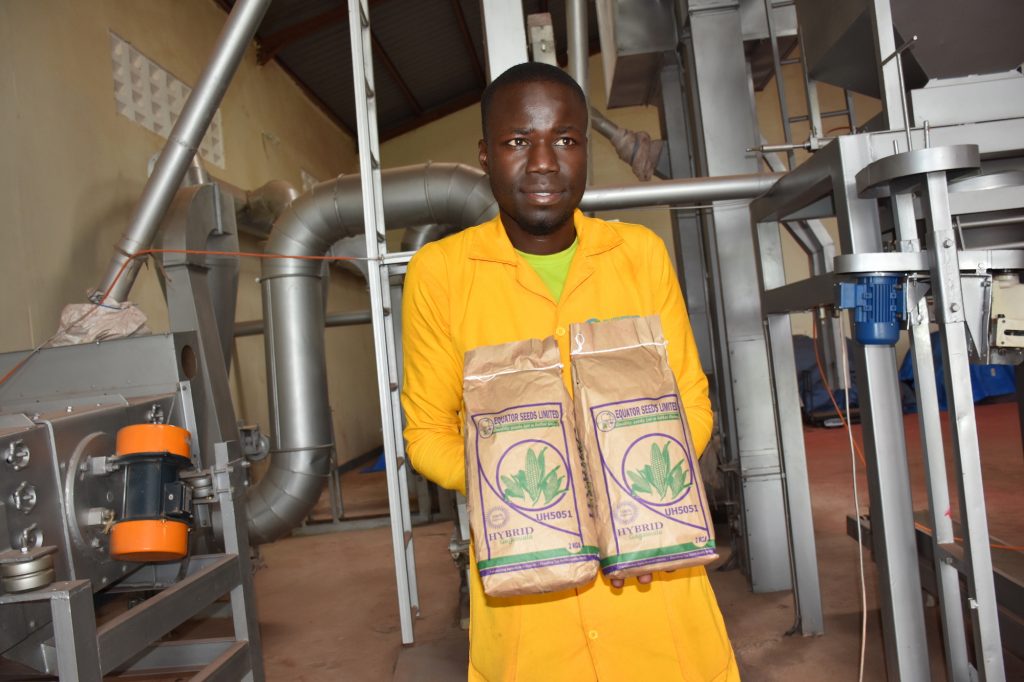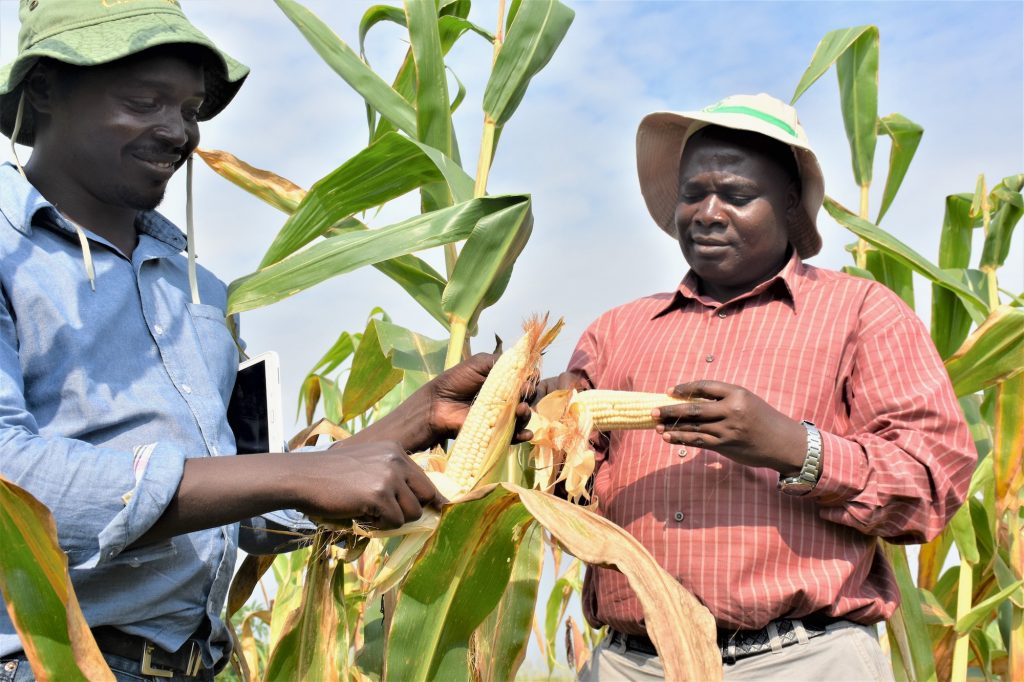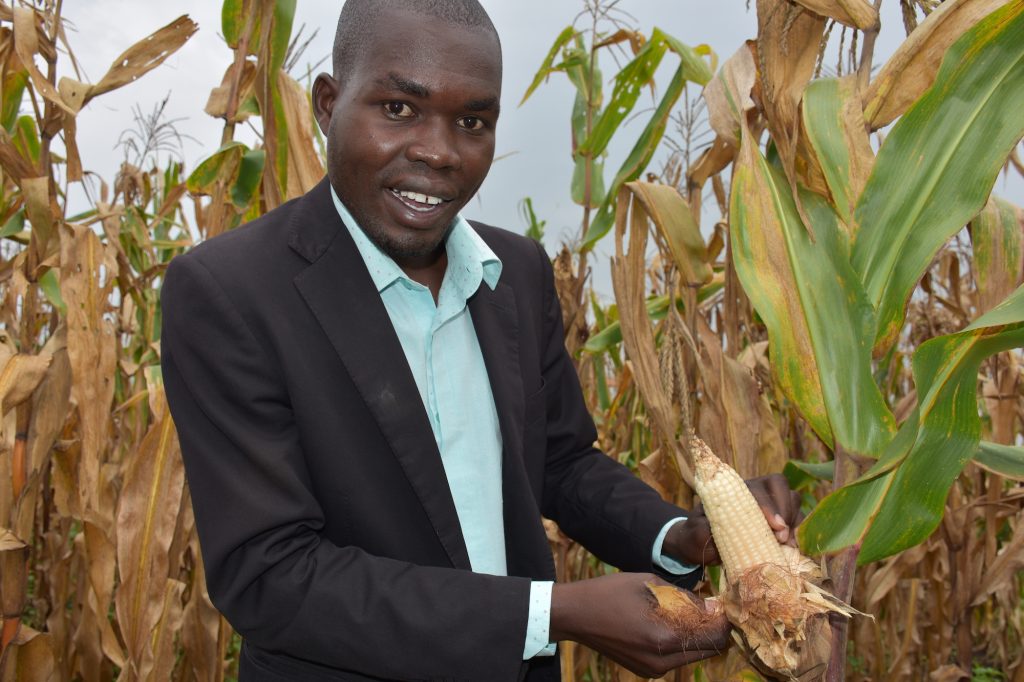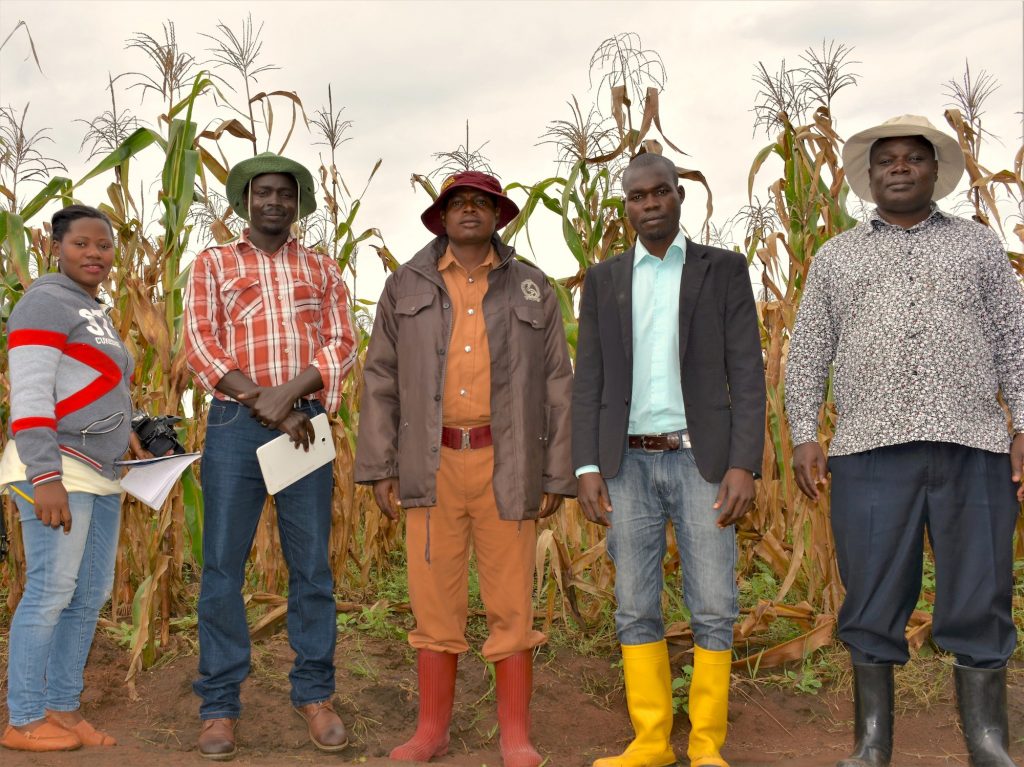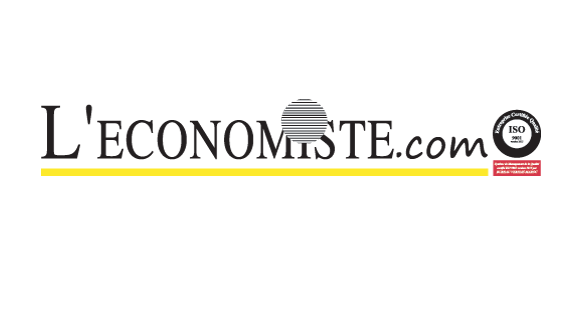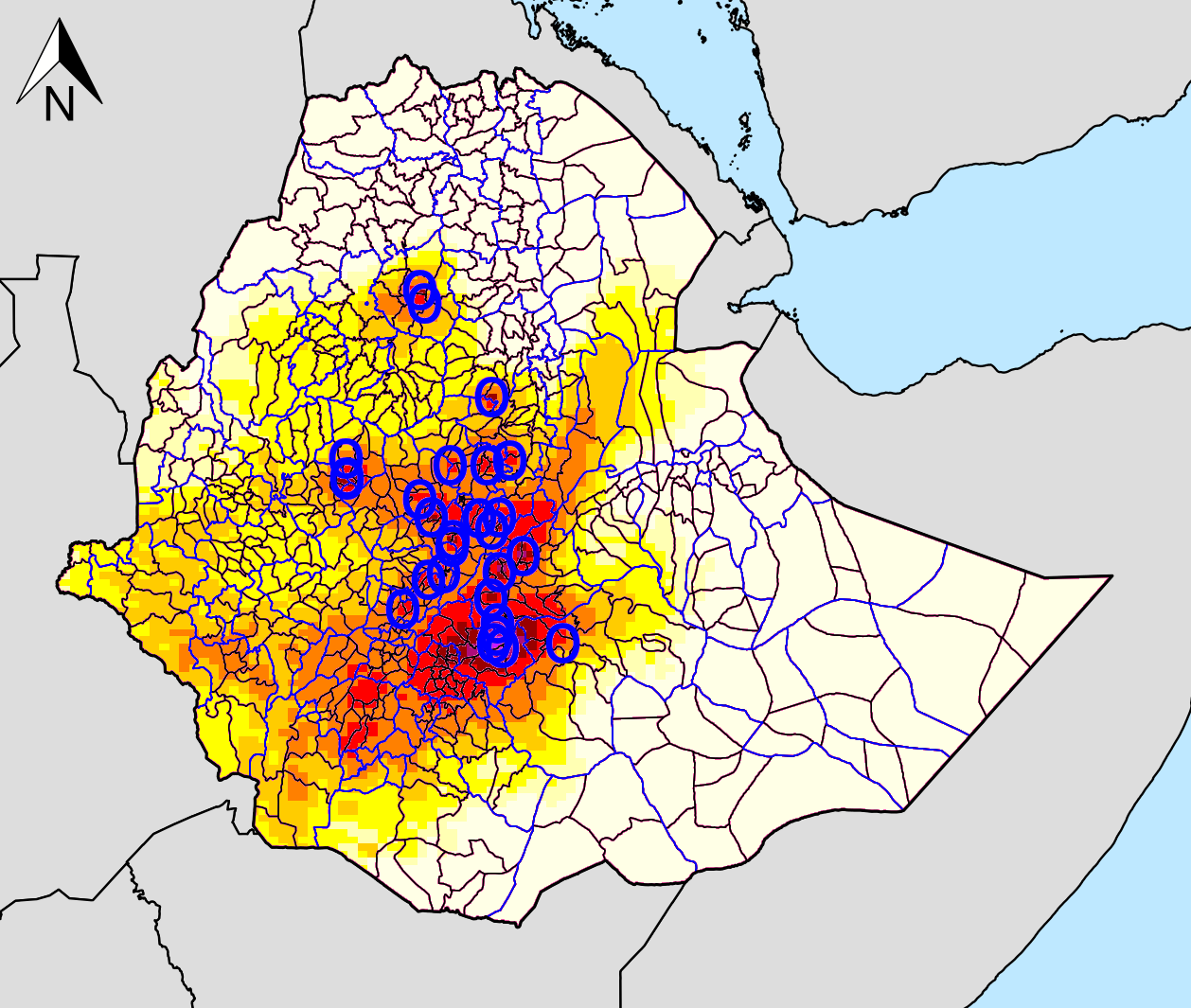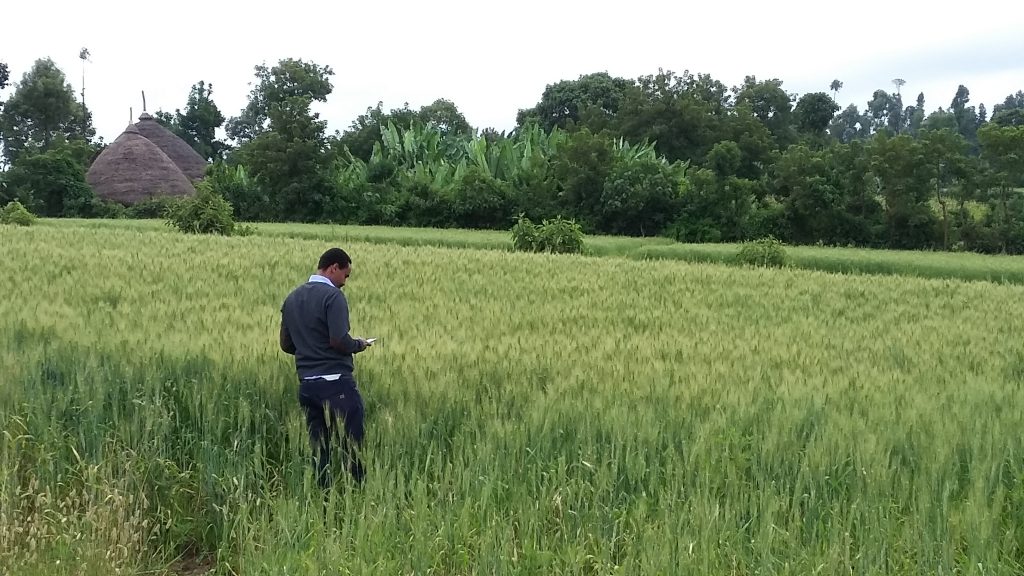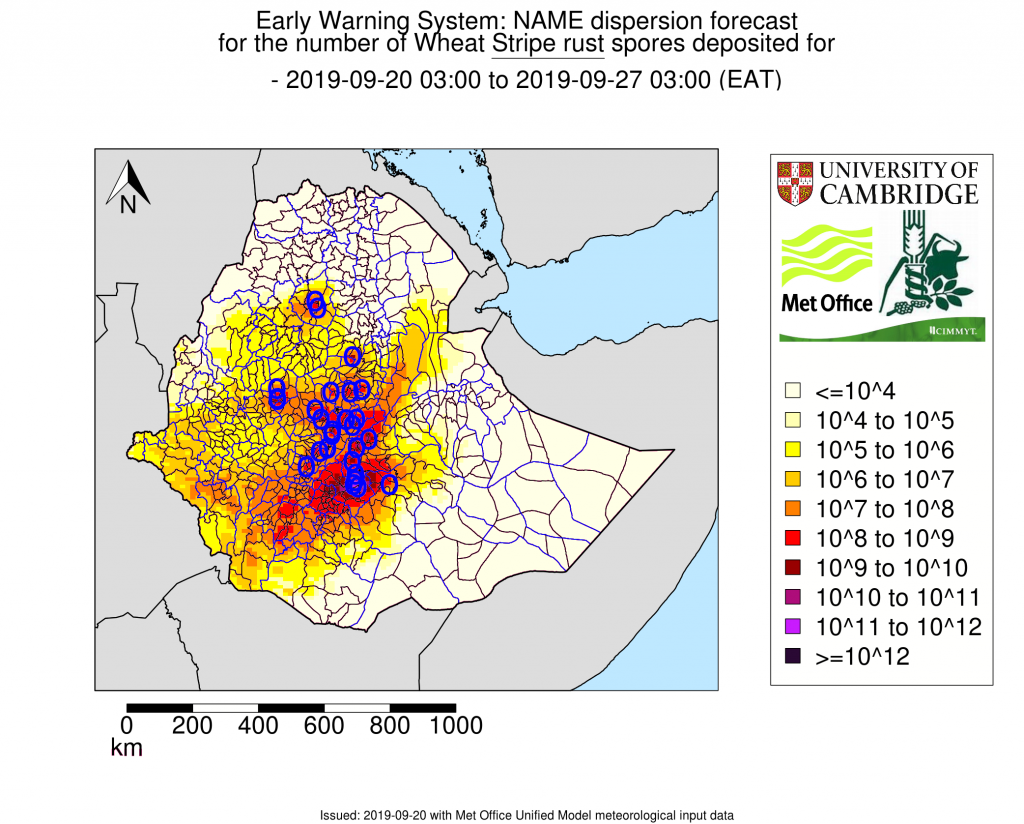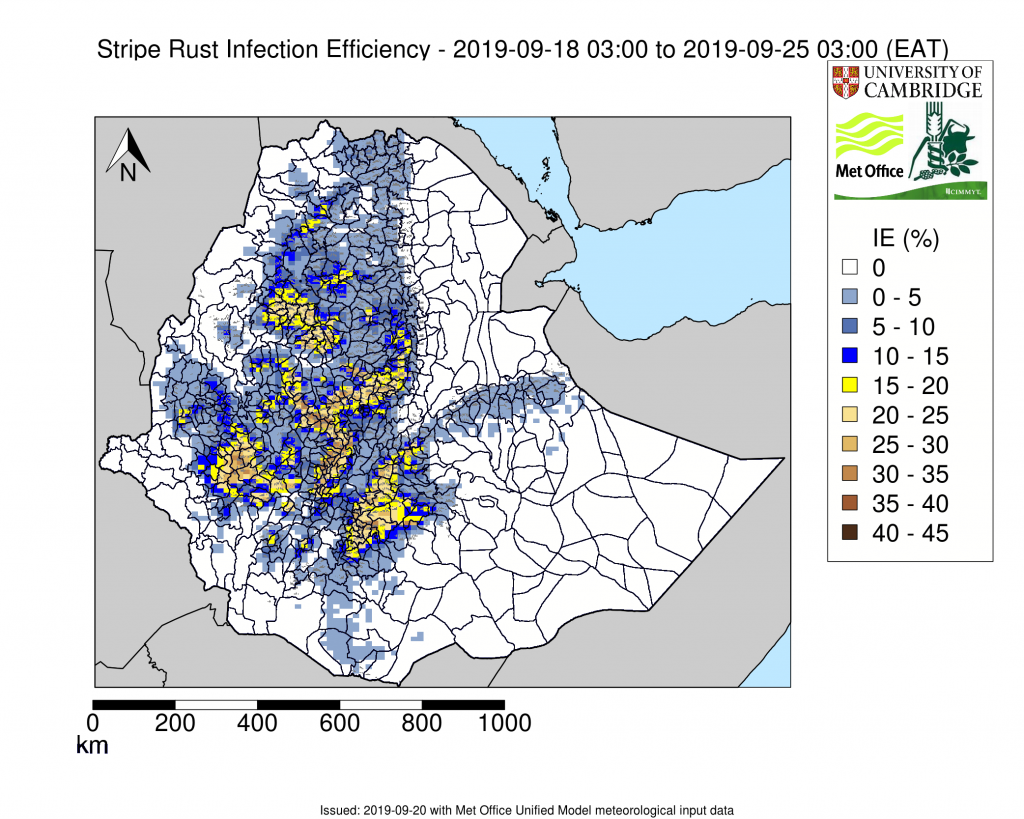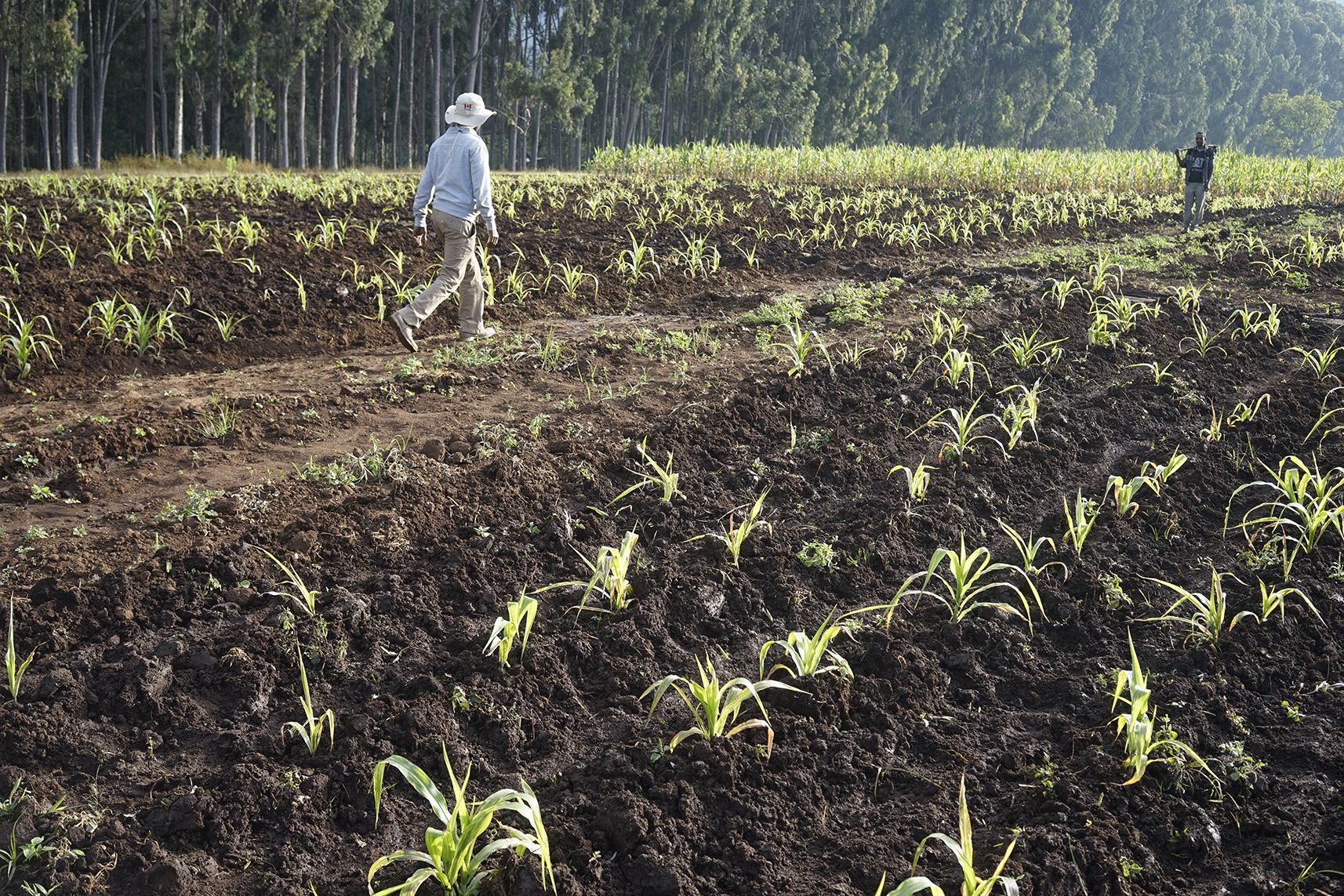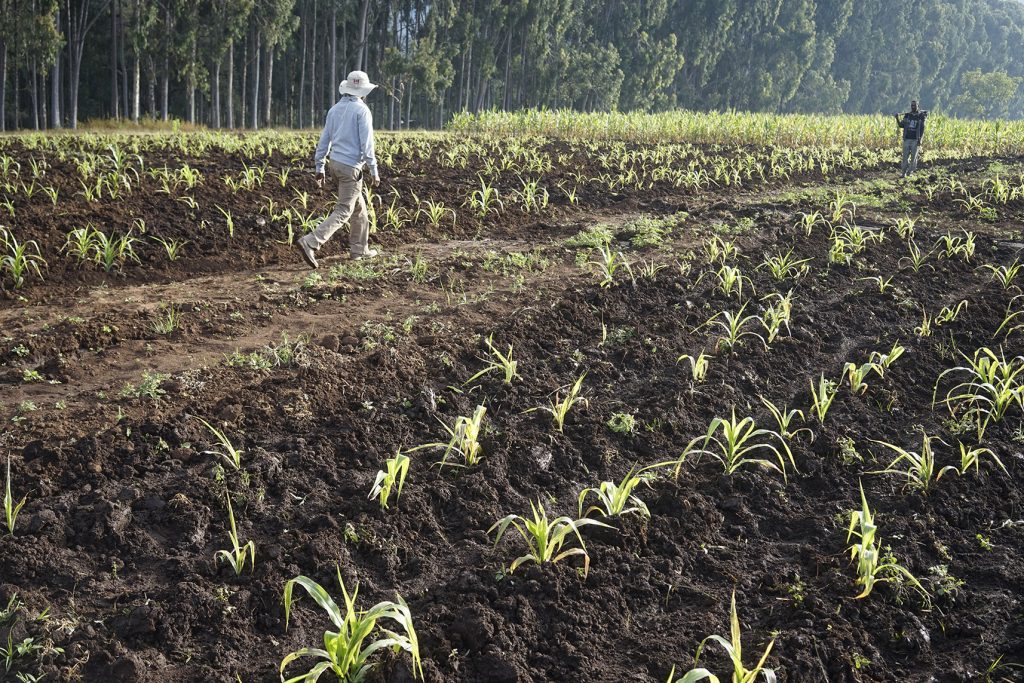New publications: Understanding changes in farming systems to propose adapted solutions

Farming systems are moving targets. Agricultural Research and Development (R&D) must understand where they come from and where they are going to offer solutions that are adapted. This is one of the main objectives of the Trajectories and Trade-offs for Intensification of Cereal-based systems (ATTIC), project funded by the CGIAR Research Program on Maize (MAIZE) and implemented by the International Maize and Wheat Improvement Center (CIMMYT) and the Farming System Ecology group at Wageningen University & Research.
A recent study led by Yodit Kebede — who obtained her PhD last year under the ATTIC project — examined the drivers of change affecting smallholder farming in southern Ethiopia, farmer’s responses to these changes, and consequences for agricultural landscapes.
As in many parts of the developing world, small farms in southern Ethiopia have become smaller. Population increase and urban expansion have been major drivers of this change. Population has been increasing over 3% annually in Ethiopia, the second most populated country in Africa. Grazing areas and forests were converted to cropland, putting stress on the availability of livestock feed and fuelwood.
Farmers responded to these changes through three broad trajectories: diversification — mixed cropping and intercropping, particularly for the smallest farms —, specialization — often in high-value but non-food crops — and consolidation — maintenance or increase of farm area. Each of these trajectories has its own specific R&D needs, although farms following a consolidation trajectory are often favored by R&D programs. The same three trajectories can be identified in many rural areas where rural transformation has not taken place yet, in Africa and elsewhere in the developing world.
The loss of grassland and forest produced a landscape more susceptible to erosion and loss of soil fertility. However, all outcomes from these landscape changes may not be negative. Another study conducted by the same authors in the same study area demonstrated that an increasingly fragmented agricultural landscape may lead to increased pest control by natural enemies.
While aiming to mitigate against negative outcomes from landscape changes — for example, land degradation — policies should be careful not to inadvertently reduce some of the positive outcomes of these changes, such as increased pest control. As concluded by the study, “a better understanding of interlinkages and tradeoffs among ecosystem services and the spatial scales at which the services are generated, used, and interact is needed in order to successfully inform future land use policies”.
Read the full study:
Drivers, farmers’ responses and landscape consequences of smallholder farming systems changes in southern Ethiopia
See more recent publications by CIMMYT researchers:
- Estimation of hydrochemical unsaturated soil parameters using a multivariational objective analysis. 2019. Lemoubou, E.L., Kamdem, H.T.T., Bogning, J.R., Tonnang, H. In: Transport in Porous Media v. 127, no. 3, p. 605-630.
- Analyses of African common bean (Phaseolus vulgaris L.) germplasm using a SNP fingerprinting platform : diversity, quality control and molecular breeding. 2019. Raatz, B., Mukankusi, C., Lobaton, J.D., Male, A., Chisale, V., Amsalu, B., Fourie, D., Mukamuhirwa, F., Muimui, K., Mutari, B., Nchimbi-Msolla, S., Nkalubo, S., Tumsa, K., Chirwa, R., Maredia, M.K., He, Chunlin In: Genetic Resources and Crop Evolution v.66, no. 3, p. 707-722.
- Deep blade loosening increases root growth, organic carbon, aeration, drainage, lateral infiltration and productivity. 2019. Hamilton, G.J., Bakker, D., Akbar, G., Hassan, I., Hussain, Z., McHugh, A., Raine, S.R. In: Geoderma v. 345, p. 72-92.
- Maize crop nutrient input requirements for food security in sub-Saharan Africa. 2019. Berge, H.F.M. ten., Hijbeek, R., Loon, M.P. van., Rurinda, J., Fantaye, K. T., Shamie Zingore, Craufurd, P., Heerwaarden, J., Brentrup, F., Schröder, J.J., Boogaard, H., Groot, H.L.E. de., Ittersum, M.K. van. In: Global Food Security v. 23 p. 9-21.
- Primary hexaploid synthetics : novel sources of wheat disease resistance. 2019. Shamanin, V., Shepelev, S.S., Pozherukova, V.E., Gultyaeva, E.I., Kolomiets, T., Pakholkova, E.V., Morgounov, A.I. In: Crop Protection v. 121, p. 7-10.
- Understanding the factors influencing fall armyworm (Spodoptera frugiperda J.E. Smith) damage in African smallholder maize fields and quantifying its impact on yield. A case study in Eastern Zimbabwe. 2019. Baudron, F., Zaman-Allah, M., Chaipa, I., Chari, N., Chinwada, P. In: Crop Protection v. 120 p. 141-150.
- Predicting dark respiration rates of wheat leaves from hyperspectral reflectance. 2019. Coast, O., Shahen Shah, Ivakov, A., Oorbessy Gaju, Wilson, P.B., Posch, B.C., Bryant, C.J., Negrini, A.C.A., Evans, J.R., Condon, A.G., Silva‐Pérez, V., Reynolds, M.P. Pogson, B.J., Millar A.H., Furbank, R.T., Atkin, O.K. In: Plant, Cell and Environment v. 42, no. 7, p. 2133-2150.
- Morphological and physiological responses of Guazuma ulmifolia Lam. to different pruning dates. 2019. Ortega-Vargas, E., Burgueño, J., Avila-Resendiz, C., Campbell, W.B., Jarillo-Rodriguez, J., Lopez-Ortiz, S. In: Agroforestry Systems v. 93 no. 2 p. 461-470.
- Stripe rust resistance in wild wheat Aegilops tauschii Coss.: genetic structure and inheritance in synthetic allohexaploid Triticum wheat lines. 2019. Kishii, M., Huerta-Espino, J., Hisashi Tsujimoto, Yoshihiro Matsuoka. In: Genetic Resources and Crop Evolution v. 66, no. 4, p. 909-920.
- Comparative assessment of food-fodder traits in a wide range of wheat germplasm for diverse biophysical target domains in South Asia. 2019. Blummel, M., Updahyay, S.R., Gautam, N.R., Barma, N.C.D., Abdul Hakim, M., Hussain, M., Muhammad Yaqub Mujahid, Chatrath, R., Sohu, V.S., Gurvinder Singh Mavi, Vinod Kumar Mishra, Kalappanavar, I.K., Vaishali Rudra Naik, Suma S. Biradar., Prasad, S.V.S., Singh, R.P., Joshi, A.K. In: Field Crops Research v. 236, p. 68-74.
- Comment on ‘De Roo et. al. (2019). On-farm trials for development impact? The organization of research and the scaling of agricultural technologies. 2019. Wall, P.C., Thierfelder, C., Nyagumbo, I., Rusinamhodzi, L., Mupangwa, W. In: Experimental Agriculture v. 55 no. 2 p. 185-194.
- High-throughput phenotyping enabled genetic dissection of crop lodging in wheat. 2019. Singh, D., Xu Wang, Kumar, U., Liangliang Gao, Muhammad Noor, Imtiaz, M., Singh, R.P., Poland, J.A. In: Frontiers in Plant Science v. 10 art. 394.
- Differential response from nitrogen sources with and without residue management under conservation agriculture on crop yields, water-use and economics in maize-based rotations. 2019. Jat, S.L., Parihar, C.M., Singh, A.K., Hari S. Nayak, Meena, B.R., Kumar, B., Parihar M.D., Jat, M.L. In: Field Crops Research v. 236, p. 96-110.
- Drip irrigation and nitrogen management for improving crop yields, nitrogen use efficiency and water productivity of maize-wheat system on permanent beds in north-west India. 2019. Sandhu, O.S., Gupta, R.K., Thind, H.S., Jat, M.L., Sidhu, H.S., Singh, Y. In: Agricultural Water Management v. 219 p. 19-26.
- Impact of tillage and crop establishment methods on crop yields, profitability and soil physical properties in rice–wheat system of Indo‐gangetic plains of India. Kumar, V., Gathala, M.K., Saharawat, Y.S., Parihar, C.M., Rajeev Kumar, Kumar, R., Jat, M.L., Jat, A.S., Mahala, D.M., Kumar, L., Hari S. Nayak, Parihar M.D., Vikas Rai, Jewlia, H.R., Bhola R. Kuri In: Soil Use and Management v. 35, no. 2, p. 303-313.
- Increasing profitability, yields and yield stability through sustainable crop establishment practices in the rice-wheat systems of Nepal. 2019. Devkota, M., Devkota, K.P., Acharya, S., McDonald, A. In: Agricultural Systems v. 173, p. 414-423.
- Identification of donors for low-nitrogen stress with maize lethal necrosis (MLN) tolerance for maize breeding in sub-Saharan Africa. 2019. Das, B., Atlin, G.N., Olsen, M., Burgueño, J., Amsal Tesfaye Tarekegne, Babu, R., Ndou, E., Mashingaidze, K., Lieketso Moremoholo |Ligeyo, D., Matemba-Mutasa, R., Zaman-Allah, M., San Vicente, F.M., Prasanna, B.M., Cairns, J.E. In: Euphytica v. 215, no. 4, art. 80.
- On-farm trials as ‘infection points’? A response to Wall et al. 2019. Andersson, J.A., Krupnik, T.J., De Roo, N. In: Experimental Agriculture v. 55, no. 2 p. 195-199.
- Doing development-oriented agronomy: Rethinking methods, concepts and direction. 2019. Andersson, J.A., Giller, K.Ehttps://repository.cimmyt.org/handle/10883/20154. In: Experimental Agriculture v. 55, no. 2, p. 157-162.
- Scale-appropriate mechanization impacts on productivity among smallholders : Evidence from rice systems in the mid-hills of Nepal. 2019. Paudel, G.P., Dilli Bahadur KC, Rahut, D.B., Justice, S., McDonald, A. In: Land Use Policy v. 85, p. 104-113.
